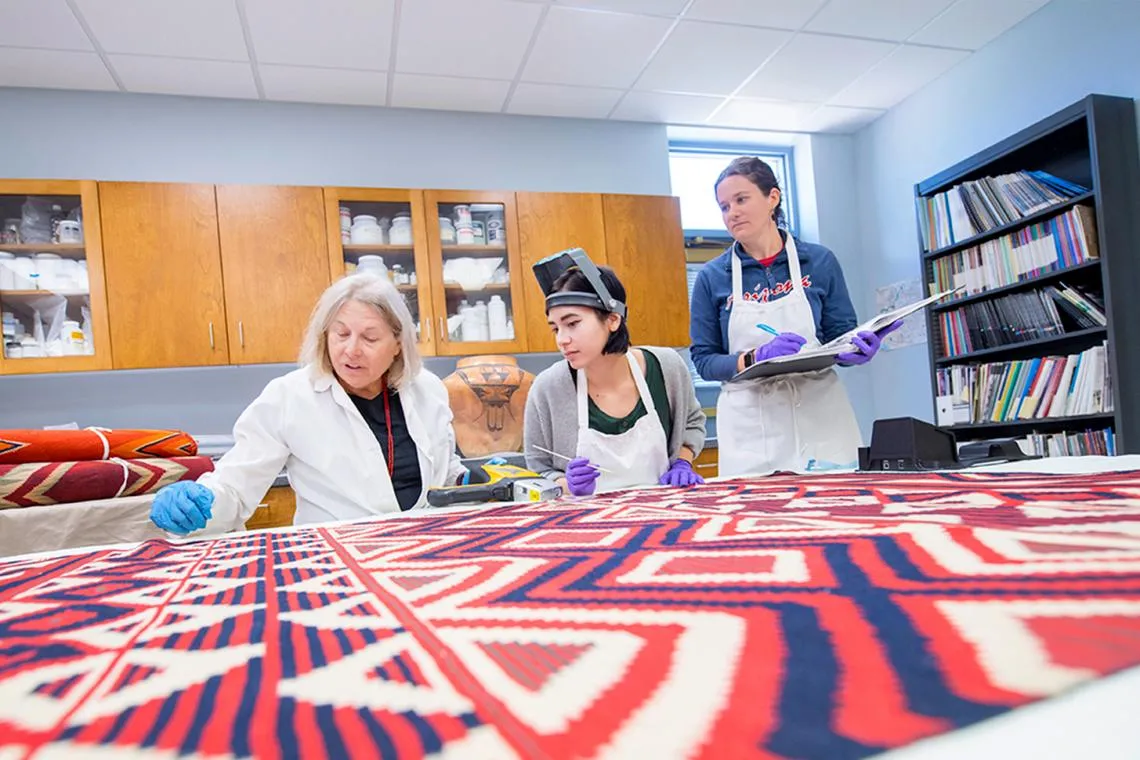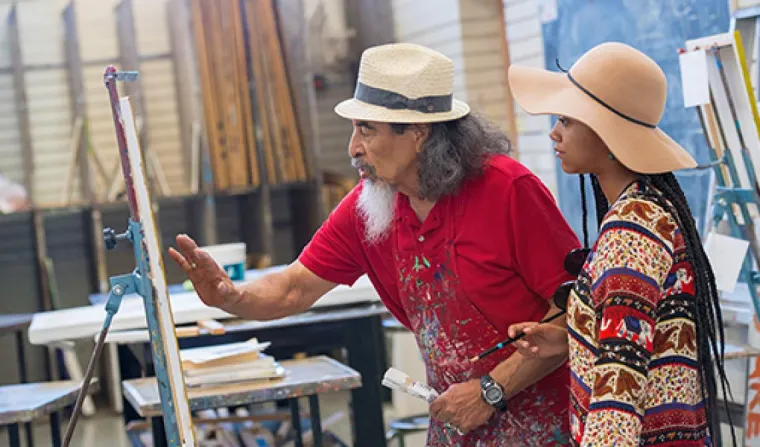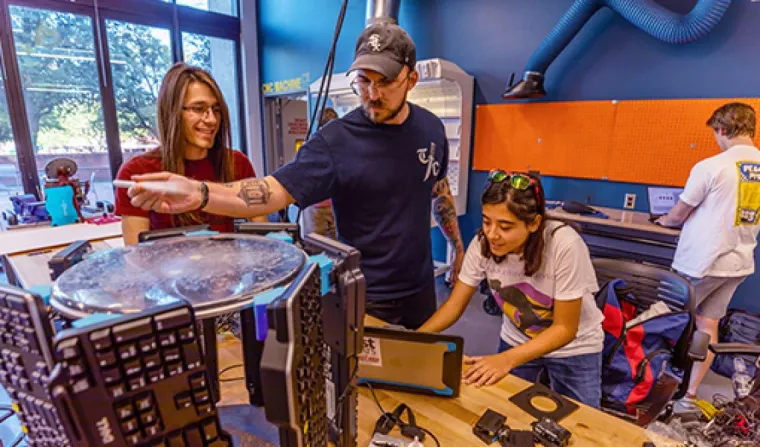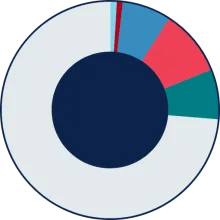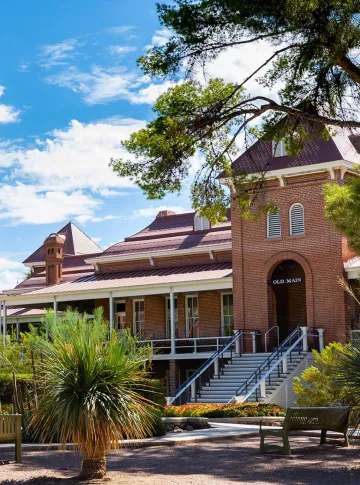Pause Video
Play Video
UN NUEVO ENFOQUE
El programa de Educación General (GenEd por sus siglas en inglés) de la Universidad de Arizona no tiene nada de genérico. Guiado por décadas de investigación y aportaciones, el currículo personalizable prepara mejor a los estudiantes de hoy para los desafíos del mañana.
¿Qué Es?
32* Creditos. Cientos de Caminos
El programa GenEd se divide en cinco segmentos.
ENTORNOS ATRACTIVOS
En la educación general, los estudiantes ponen en práctica las lecciones. Encontrarás cursos de educación general con:


